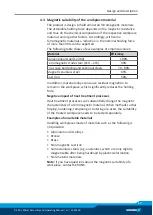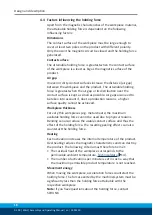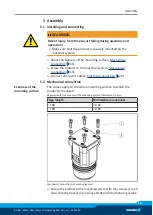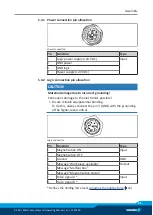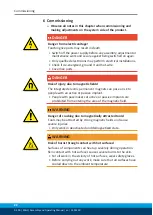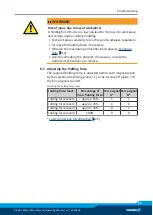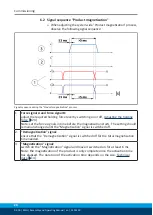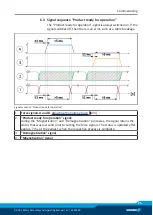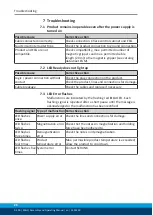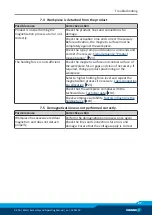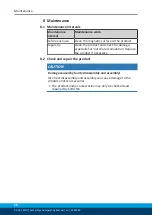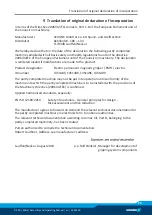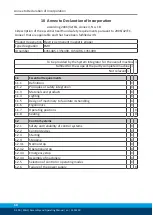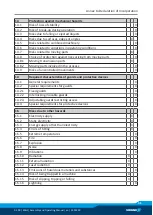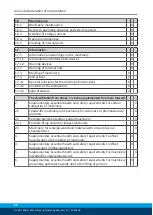
Design and description
02.00 | EMH | Assembly and Operating Manual | en | 1393220
17
4.3 Magnetic suitability of the workpiece material
The product is design to hold almost all ferromagnetic materials.
The attainable holding force depends on the magnetic resistance
and thus on the chemical composition of the respective workpiece
material, among other factors. Accordingly, with some
ferromagnetic materials a reduction in the nominal holding force
of more than 30% can be expected.
The following table shows a few examples of empirical values:
Material
Efficiency
Conventional steel (Fe 360)
100%
Ferromagnetic crude steel (C10 – C15)
90%
Tool, case hardening and sectional steels
70 - 80%
Magnetic stainless steel
65%
Cast iron
50%
In addition, material alloys can cause residual magnetism to
remain in the workpiece, which significantly reduces the holding
force.
Negative impact of heat treatment processes
Heat treatment processes can substantially change the magnetic
characteristics of a ferromagnetic material. When methods suchas
forging, hardening, tempering or sintering are used, the suitability
of the treated workpiece needs to be tested separately.
Examples of unsuitable materials
Handling workpieces made of materials such as the following is
not possible:
• Aluminum and its alloys
• Bronze
• Brass
• Non-magnetic cast iron
• Some stainless steels (e.g. austenitic), which are only slightly
magnetizable after being hardened by plastic deformation.
• Non-metallic materials
Note:
if you have questions about the magnetic suitability of a
workpiece, contact SCHUNK.















